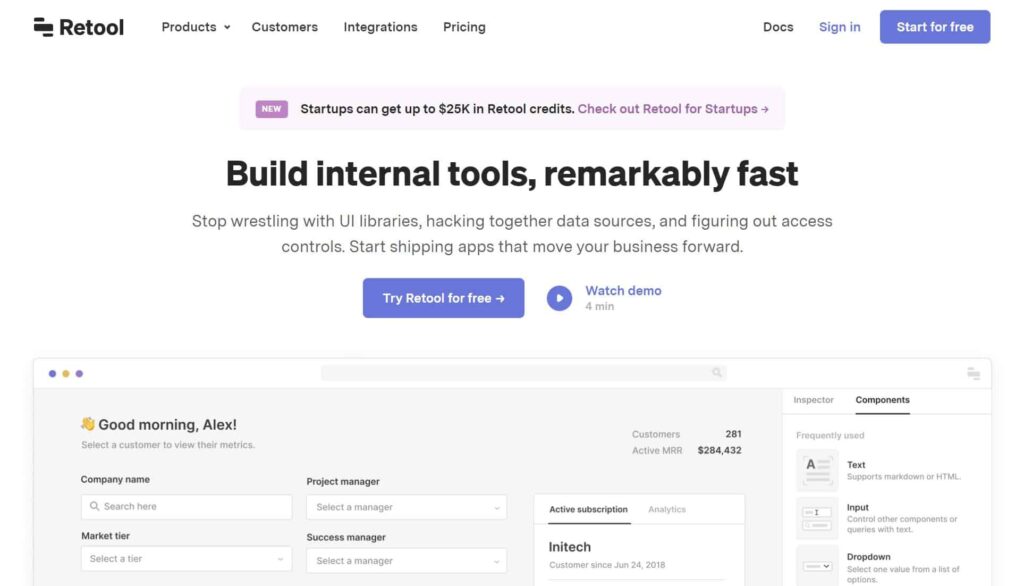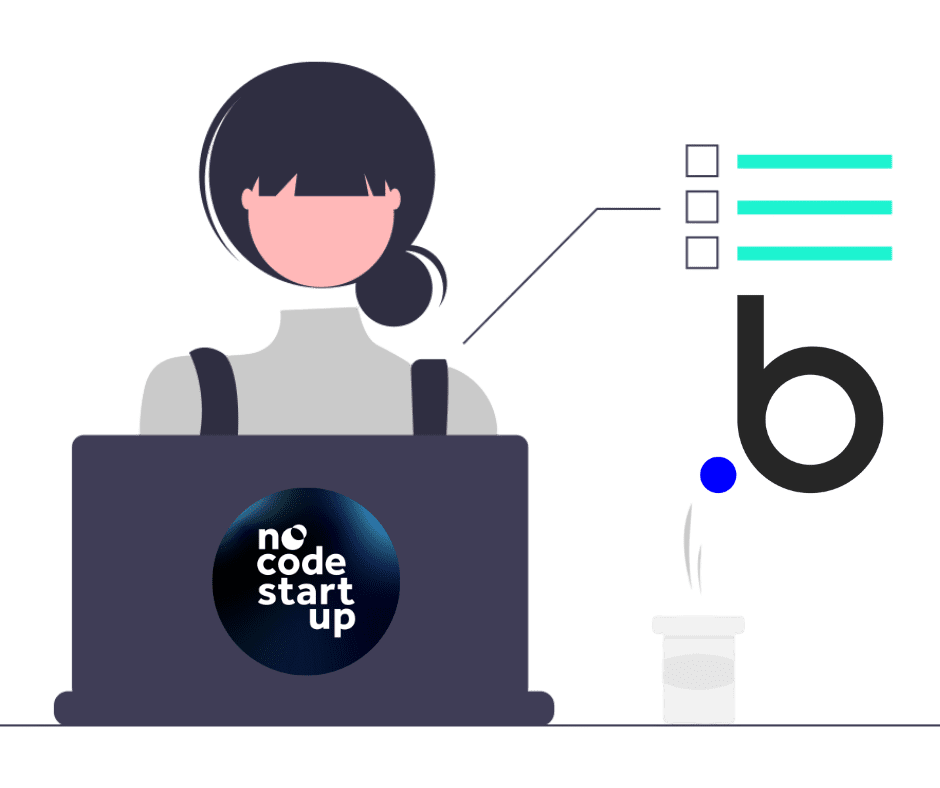Estimated reading time: 5 minutes
If you are looking for a way to accelerate your application development productivity or even get started in this market, low-code tools and tools no-code can be a hand on the wheel.
Such tools allow application creation in an uncomplicated way, making use of visual platforms, requiring little or no code for development.
In this article we reserve space to discuss the main low-code tools on the market.
low-code Tools
low-code tools are already a reality and have evolved a lot in recent years, allowing the development of robust and scalable applications and gaining space in the corporate market and technology professionals.
Such tools require little knowledge of programming codes to extract their full potential, below we list the top 6 low-code tools on the market today, one of which is very promising for the future.
appian

low-code platform for automating workflows, processes, performing process mining actions and creating internal applications. Focused on the business market, it has an initial free plan for testing up to 10 users.
The platform is mainly intended to carry out integrations between processes and other systems in your company in an easy way and with little use of code.
Power Apps

Power Apps is one of the most famous low-code tools on the market for being part of Microsoft's suite of tools.
With power apps it is possible to create applications to automate internal processes and applications for your company. It can be very convenient because many companies already use Microsoft systems.
Outsystems

One of the market leaders when it comes to the low-code platform, being on the market since 2001. The platform has a strong focus on the business market, which can be confirmed by the values for its use.
Outsystems can be used mainly for application development and automation of internal processes in companies.
Mendix

Mendix is the market leader in low-code platforms together with Outsystems, being recognized worldwide.
It also has a clear focus on the corporate market, with the aim of accelerating the development of applications and internal automation.
Retool

A very promising tool for the coming years, which has been gaining a lot of space and fans around the world.
Created in 2017, Reetol is also positioned as a tool for developing internal applications, but with a more affordable price for small and medium-sized companies.
Like other tools, it unites a visual interface with the use of code, allowing the use of languages such as Java Script and SQL.
Benefits of low-code tools
low-code tools have already gained the trust of large corporations and attracted many followers due to their benefits, which can make a difference for businesses, namely:
- Democratization of knowledge
By not requiring so much knowledge of programming codes and by having intuitive interfaces, many more people can master such tools.
- Agility
Such tools streamline the development process, allowing the creation of applications in record times.
- Economy
Time is money, reduce investment required for apps development with low-code tools
- Security and scalability
With an infrastructure previously developed for scale, bugs and problems are avoided, freeing the team to focus on business strategies.
Now that you know the low-code tools and their main benefits, you can focus on really thinking about how to intelligently build your application according to your needs.
– Appian
– Power Apps
– Outsystems
– Mendix
– Reetol



